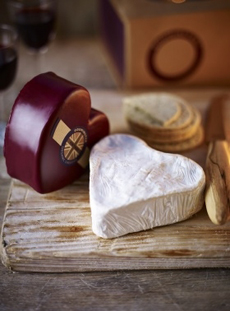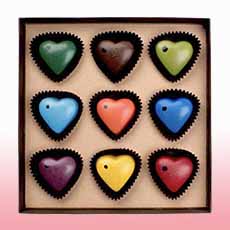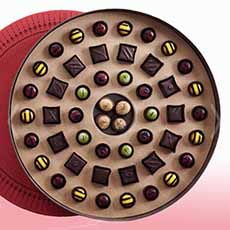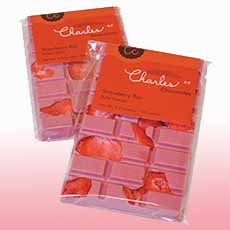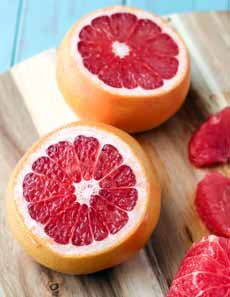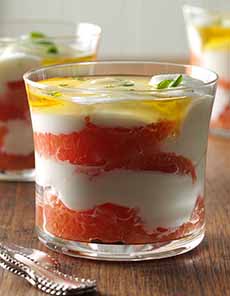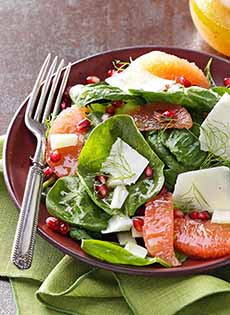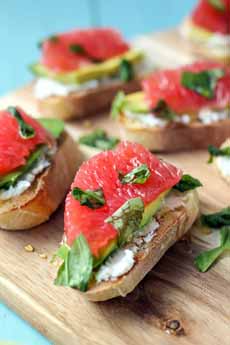|

[1] This very white food needs a bit of green. Some people add green peas; or, you can use fresh herbs. This photo shows a lighter version of Classic Fettuccine Alfredo. Here’s the recipe from Cooking Classy (photo © Cooking Classy).

[2] How to make Fettuccine Alfredo even richer? Add lobster (photo © Mackenzie Ltd.).

[3] Here’s the Alfredo recipe at right: the classic Alfredo with a bit of sour cream for flavor (photo © DeLallo).
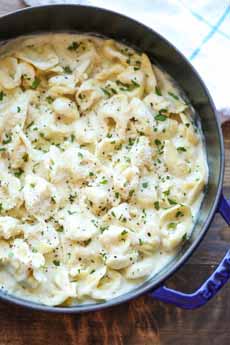
[4] This Tortellini Alfredo adds flavor with garlic. Here’s the recipe from Damn Delicious (photo © Damn Delicious).

[5] Pumpkin Alfredo. Here’s the recipe from Pinch Of Yum | DeLallo.
|
|
February 7th is National Fettuccine Alfredo Day.
If you’re not familiar with the richest of pasta dishes, here’s the scoop, including how it came to be. A classic Alfredo sauce is creamy, indulgent, voluptuous (indulgent or voluptuous are words one should use instead of “decadent,” which means something else entirely*).
Fettuccine Alfredo ranks high among comfort foods craved by many. It’s one of those cream-and-butter-rich dishes one should enjoy a couple of times a year—just don’t make a habit of it.
Today is one of those days!
> The history of Fettuccine Alfredo.
> The recipe is below.
> The difference between Parmesan and Parmigiano-Reggiano cheese.
CLASSIC VS. MODERN ALFREDO
While Fettuccine Alfredo is rich, except for the Parmesan cheese and black pepper, it’s not layered with flavors.
While the original recipe was meant to be bland (for Alfredo’s pregnant wife), you can modernize the recipe with some toppings that don’t alter his concept. For example:
Bacon
Crab or lobster
Fresh herb medley
Grape tomatoes, halved
Green vegetables: asparagus, baby spinach, broccoli florets, peas or a “Primavera” combination
Grilled chicken or steak
Grilled salmon fillet or shrimp
Grilled vegetables, sliced
Ham cubes
Roasted garlic cloves
Or, add a few tablespoons of vegetable purée to the sauce, such as canned pumpkin or tomato purée.
Chile heads can add some heat: a drizzle of Buffalo wing sauce, minced jalapeños, red pepper flakes.
RECIPE: CLASSIC FETTUCCINE ALFREDO
You can use pasta shapes beyond the original fettuccine. In fact, if you use short cuts—farfalle, orechiette, penne, shells, etc.—the sauce doesn’t drip as much as it does when twirling ribbon pasta.
Tortellini Alfredo is a festive variation.
It’s easy to make Fettuccine Alfredo from scratch; and if you’re short on time, you can use a prepared Alfredo sauce.
This recipe, from DeLallo, adds a bit more flavor by replacing some of the heavy cream with sour cream.
Another tip: This is not a recipe for inexpensive Parmesan and Asiago cheeses. Cheese is a major flavor in the dish, so don’t skimp.
Ingredients For 6 Servings
1 pound fettuccine
½ cup unsweetened butter
1½ cups heavy cream
2 teaspoons finely chopped garlic
½ teaspoon salt
¼ teaspoon freshly-ground pepper
1 cup freshly grated Parmesan cheese
1 cup freshly grated AAsiago cheese
2 tablespoons sour cream
Preparation
1. COOK the pasta according to package instructions. Drain, reserving ½ cup of the pasta cooking liquid. Meanwhile…
2. ADD the butter and cream to a large skillet. Simmer over low heat for 2 minutes. Whisk in the garlic, salt and pepper for one minute.
3. REMOVE from the heat and whisk in the cheeses and sour cream. Add the cooked pasta to the skillet and toss with the sauce to cover.
If the sauce is too thick, use some of the reserved pasta water to thin it out. Serve immediately.
USING ALFREDO SAUCE BEYOND PASTA
Nick Saba, chef/founder of Terra Culinary Services, suggests Alfredo sauce as a topping for proteins.
He suggests using Alfredo to top:
Chicken: Alfredo with Parmesan, artichoke hearts, mushrooms and fresh herbs.
Appetizer Dip: Alfredo topped with chorizo, roasted peppers, jalapeño, spinach and pepper Jack cheese.
Seafood: Alfredo with lemon, capers, garlic and fresh parsley.
Steak: Alfredo, Gorgonzola or other blue cheese, cracked pepper and fresh herbs.
Or, riff on another dish, like Chicken & Waffles Alfredo, or Pancakes Alfredo with bacon, ham or sausage (or a mixed grill!).
Lasagna fans will enjoy this Chicken Lasagna Alfredo recipe.
________________
*Language is not a linear: Words come into every language from a variety of sources, over many centuries. Their meanings can change or expand over time. But “decadent,” now used instead of the appropriate “self-indulgent,” means “being in a state of decline or decay.”
Calling rich foods decadent is not a great association. Whoever started this use, more than 20 years ago, used the word incorrectly, irresponsibly and everyone who perpetrated the error should be forced to read the dictionary.
|


